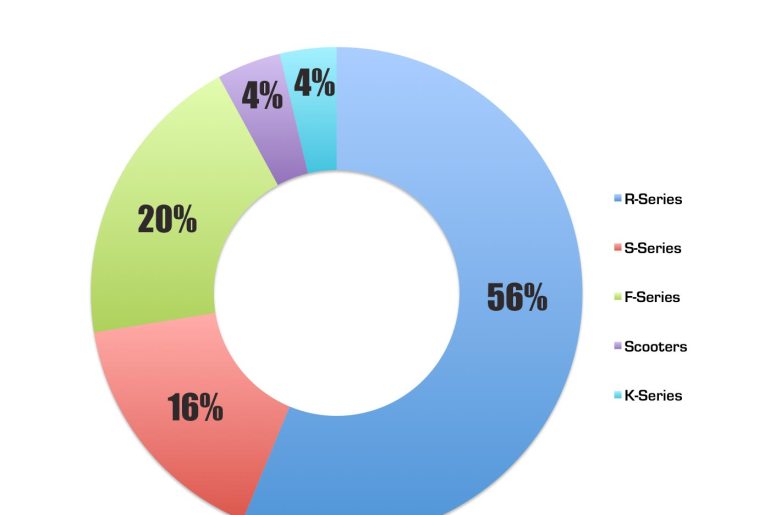It is no secret that FP4 is my favorite part of a MotoGP weekend. Every Saturday afternoon I watch the live timing carefully for signs of which MotoGP rider has the best race pace, usually pinging comments back and forth with Neil Morrison over WhatsApp.
Once the results PDF is published, I pore over the Analysis timesheets(link is external), showing times and sector times for each lap, as well as which tires were used, and how fresh or used they were.
Based on that information, plus the outcome of qualifying, listening to what riders have to say and discussing the day with others, I try to make as informed a guess as possible of what might happen in the race.
I try to estimate who looks to have the best race pace, based on lap times set in longer runs on very used tires. And if a rider hasn’t used older tires – switching between two different rear tires, for example – I try to estimate whether their pace on used tires drops off more than the times in FP4 show.
Is all this effort worth it, or am I wasting my time? I felt it was time to put my hypothesis that FP4 is the most important and instructive session to the test. Is the outcome of the race closely correlated to the results of FP4? Or is there another session which is more useful to that extent.








